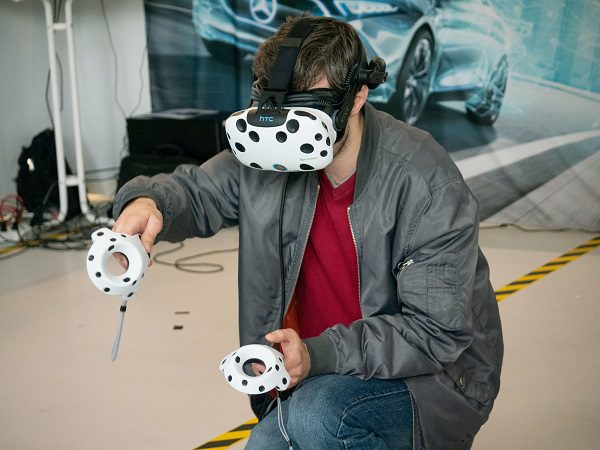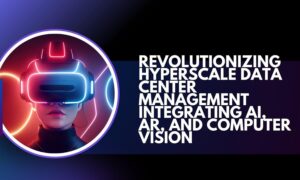Introduction:
In the ever-evolving landscape of technology, augmented reality (AR) has emerged as a groundbreaking innovation, transforming various aspects of our daily lives. One of the domains where AR is making significant strides is navigation, revolutionizing the commuting experience for individuals across the globe. This article delves into the profound impact of augmented reality on navigation systems, exploring how this cutting-edge technology is enhancing the way we travel and navigate our surroundings.
The Evolution of Navigation:
Navigation has come a long way from paper maps and compasses to the sophisticated GPS systems that have become an integral part of modern transportation. However, despite the convenience offered by traditional GPS, there have always been limitations in terms of providing real-time, context-aware information. This is where augmented reality steps in, offering a dynamic and interactive layer to the navigation experience.
Augmented Reality Unveiled:
Augmented reality refers to the integration of computer-generated information or visuals into the real-world environment, creating an enhanced perception of reality. In navigation, AR introduces a layer of digital information onto the physical world, seamlessly blending the virtual and real elements. This technology utilizes devices such as smartphones, smart glasses, or heads-up displays to overlay relevant information onto the user’s field of view.
Enhancing Safety and Awareness:
One of the key advantages of augmented reality in navigation is its ability to enhance safety and awareness during commuting. Traditional GPS systems often require users to divert their attention from the road to view the map on a screen, posing safety risks. With AR navigation, crucial information like directions, traffic updates, and points of interest are displayed directly in the user’s line of sight, minimizing distractions and promoting safer driving or walking experiences.
Real-Time Navigation Guidance:
AR navigation systems provide real-time, context-aware guidance, offering users a more intuitive and immersive way to navigate their surroundings. Imagine walking down a bustling city street with digital arrows and indicators guiding you to your destination, seamlessly integrated into your view. This not only simplifies navigation but also adds a layer of convenience, making it easier for users to follow directions without constantly checking their devices.
Customized Experiences:
Another notable aspect of augmented reality in navigation is its ability to offer personalized and customized experiences. AR can take into account user preferences, such as preferred routes, modes of transportation, and even points of interest. This level of personalization ensures that users receive tailored navigation guidance, making their commuting experience more efficient and enjoyable.
Exploring Augmented Reality Applications:
The applications of augmented reality in navigation are diverse and extend beyond traditional GPS functionalities. For instance, AR navigation can be seamlessly integrated into public transportation systems, providing real-time information on bus or train schedules, platform changes, and even available seats. This not only streamlines the commuting process but also makes public transportation more user-friendly and accessible.
AR in Automotive Navigation:
In the automotive industry, augmented reality is redefining in-car navigation systems. Heads-up displays (HUDs) project relevant information, such as turn-by-turn directions and speed limits, directly onto the windshield. This allows drivers to keep their eyes on the road while still accessing crucial navigation data, ultimately enhancing safety and reducing the risk of accidents.
The Future of AR in Navigation:
As technology continues to advance, the future of augmented reality in navigation holds even more exciting possibilities. Integrating AR with emerging technologies like artificial intelligence (AI) and the Internet of Things (IoT) can further enhance the capabilities of navigation systems. Predictive analytics, real-time traffic optimization, and enhanced geolocation accuracy are just a glimpse of what the future may hold for AR navigation.
Conclusion:
Augmented reality is transforming the way we navigate our world, offering a more intuitive, safe, and personalized commuting experience. The fusion of virtual and real elements in navigation not only enhances safety but also opens up new possibilities for customization and efficiency. As we embrace the era of augmented reality, the journey from point A to point B is evolving into a seamless, enriched experience, promising a future where navigation is not just a means to an end but a captivating journey in itself.



































